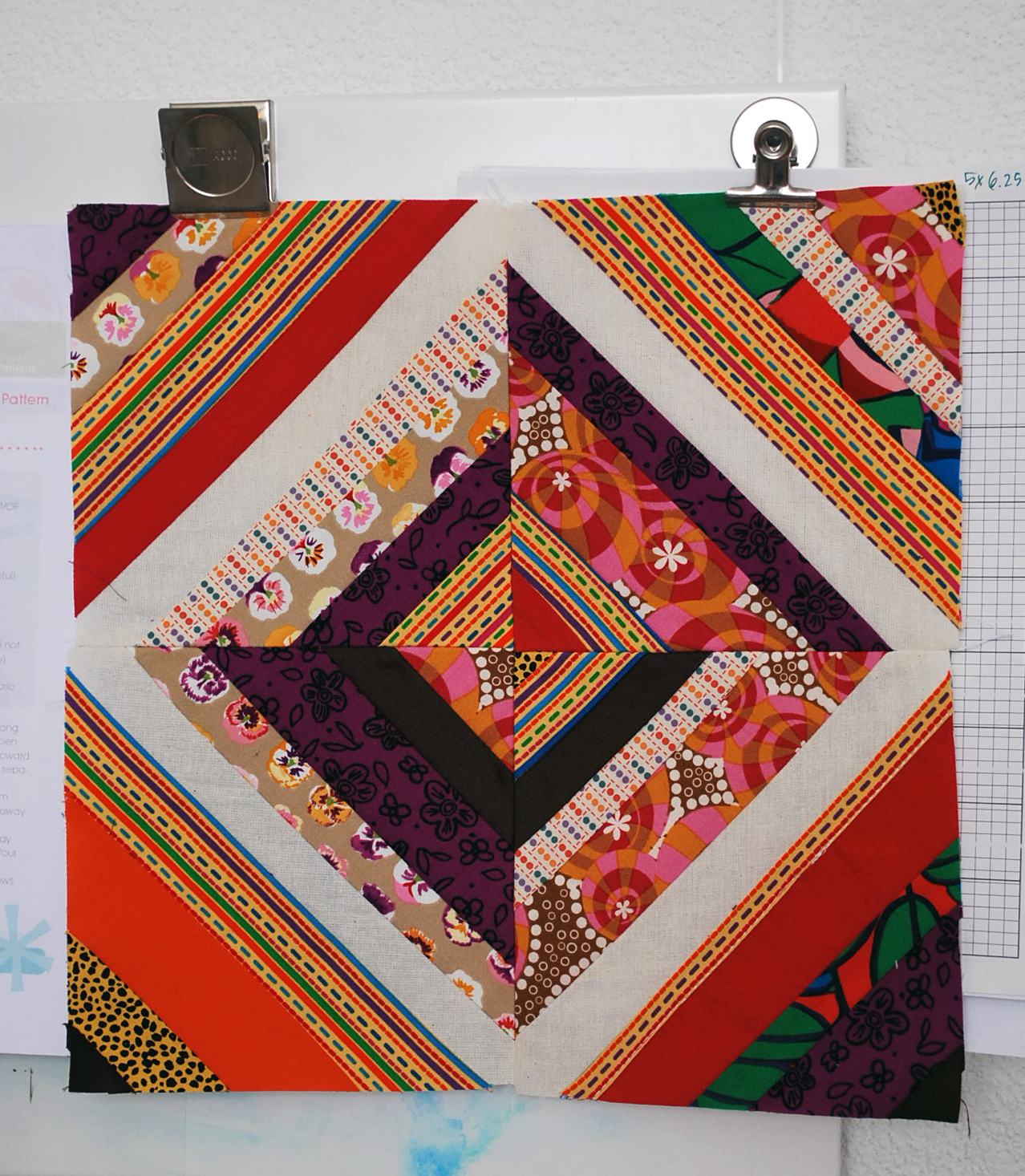I'm still waiting for my interfacing to come in the mail to complete my Starlet Suit Jacket... so in the meantime...
As one of the many Sew Weekly Contributors participating in Sew Weekly's "green challenge" week, I sewed a pair of Clover trousers. I couldn't resist - the name and the challenge were too good together.
 |
| Front pocket detail + daffodils! |
- Fabric: 1.5m stretch brown denim (dyed to dark olive) purchased at Stoffen Spektakel in Amsterdam. I used scrap cotton for the pockets.
- Pattern: Colette Clover + self-drafted swayback triangle pattern pieces
- Year: 2011 ⁃ Notions: invisible zipper
- Time to complete: 2 days ⁃ First worn: Wednesday
- Wear again? yes! I love them, although the self-drafted pieces together with the darts is a little funky, I love the way these trousers fit. No gaping at the bum. No unintentional granny-panty flashing.
- Total price:~23 EUR
- Price breakdown: 3m @ 7EUR/m = 21 EUR, but I only used 1.5 m for the pants. It's pretty wide fabric. So, I have enough to make another pair! It's likely I'll make a different variation with more jeans-like qualities such as pockets with depth. Dylon dye in olive green was 8.70 EUR, and the zipper I had on hand from ages ago, but it was maybe 2 or 3 EUR.
Modifications to Clover pattern from Colette: Extended legs to full inseam length. I used a flat-felled seam throughout. And, by the way, can I tell you that flat felled seams are awesome, but really hard to do on your outer pant leg seams? It took a lot of scrunching and patience to finish them. I also drafted this triangle piece to help with swayback gaping which happens to me all the time. I am a swayback girl. I tried the trousers on after basting the legs together quickly just to test the fit and the waistline. I noticed I was getting the usual "low-rise back" effect and took action! I quickly drafted two triangular pieces in order to raise the back waistline to make sure I wasn't exhibiting my undies on a regular basis when wearing these.
 |
| the two triangle pieces |
I did an adjusted dart as well. Instead of making the darts perfectly triangular, I extended them straight down and then tapered thanks to
a tip from another swayback girl who recently addressed the issue on her blog. Here's the short version:
 |
| dart comparison, adriprints 2012 |
Pattern Crit: I was so happy that my first wearable muslin of Colette's Clover trousers is actually wearable. I made the zipper on the left instead of the right. I think it could use a hook/eye closure to help ease the zipper up. The invisible zipper installation proved to be a challenge, but with my
Simplicity Sewing book + the Colette
online tutorial + this
invisible zipper tutorial from see kate sew, I was finally able to manage it and I
only messed up one leg of the zipper
just once! Plus, my fabric was really wide, so the pressure was off and there's enough leftover fabric to make another pair, which I definitely will! Also, I'm proud of my funky triangle pattern pieces.
 |
| my lady lumps |
 |
| detail of triangle gusset |
About the dye... I used Dylon Fabric Dye (40C for the washing machine) color #34 Olive Green. My original fabric was a medium brown and with the olive green, they turned out a very deep olive. The dye worked really well and did not leach into the machine or on other items I washed with it right after dying (just to see). I followed the instructions and I'm really happy with the resulting dark green.
 |
| the dyed fabric w/ original next to it |
Check out the original post
here on Sew Weekly!























